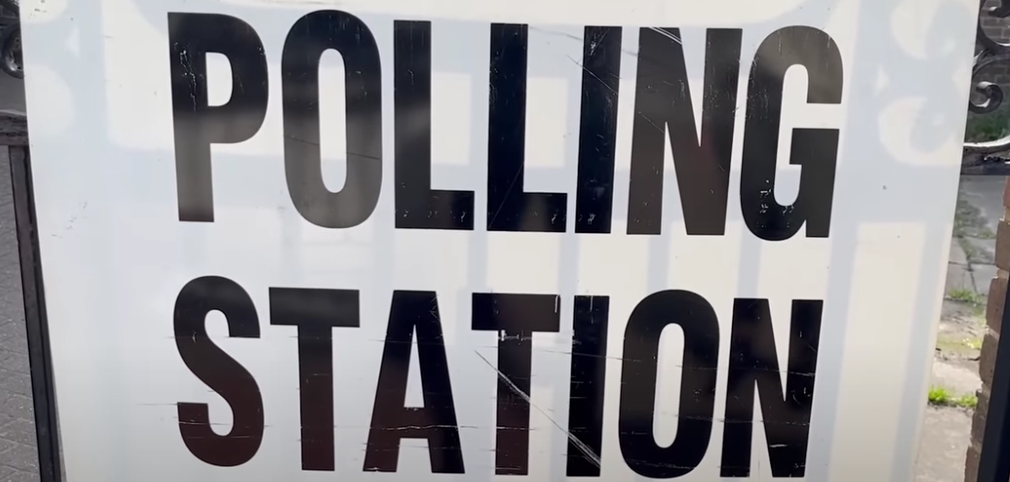Local matters
The recent parliamentary by elections will be subject to endless detailed analysis, but they are just two data points. There are many more council by elections, several every week: can they tell us anything about how voters are viewing the parties? Any individual council by election may be subject to local factors; but taken together, a picture may emerge of how a party is performing overall, and how the electorate feel about them. Let’s look at how the Conservatives have been doing when it comes to defending seats they hold.
Taking the electoral year as running from May to April – normal council elections are held at the beginning of May – and beginning in May 2021 [1], we have had 2.5 years of by elections, during which the Conservatives have had to defend 210 seats [2][3]. We have just reached the midpoint of 2023-24
| Electoral Year | Con Defenses | Con Hold | Lab Gain | LDm Gain | Gr Gain | Oth Gain |
| 2021-22 | 97 | 51 | 8 | 19 | 13 | 6 |
| 2022-23 | 84 | 29 | 24 | 18 | 8 | 5 |
| 2023-24 | 29 | 9 | 5 | 9 | 5 | 1 |
The Conservative hold percentage is as follows:
| Electoral Year | Con Hold % |
| 2021-22 | 52.6% |
| 2022-23 | 34.5% |
| 2023-24 | 31.0% |
The Conservative hold rate has dropped year on year. This gives us three data points; if, being at the midpoint of the 2023-24 electoral year, we look at half-yearly (May-Oct and Nov-Apr) rates we get the following:
| Electoral Half-Year | Con Defenses | Con Hold | Lab Gain | LDm Gain | Gr Gain | Oth Gain |
| May-Oct 2021-22 | 42 | 25 | 2 | 5 | 6 | 4 |
| Nov-Apr 2021-22 | 55 | 26 | 6 | 14 | 7 | 2 |
| May-Oct 2022-23 | 44 | 16 | 11 | 7 | 6 | 4 |
| Nov-Apr 2022-23 | 40 | 13 | 13 | 11 | 2 | 1 |
| May-Oct 2023-24 | 29 | 9 | 5 | 9 | 5 | 1 |
The Conservative hold percentage is as follows:
| Electoral Half-Year | Con Hold % |
| May-Oct 2021-22 | 59.5% |
| Nov-Apr 2021-22 | 47.3% |
| May-Oct 2022-23 | 36.4% |
| Nov-Apr 2022-23 | 32.5% |
| May-Oct 2023-24 | 31.0% |
Even with these periods we see a continuous decline in the ability of the Conservatives to hold their seats. The rate of decline is slowing: perhaps we are hitting the bottom of this curve. It should also be borne in mind that the Cons have also suffered large losses at the normal council elections in this period, so many of the marginal (and some of the not so marginal) seats have already been peeled away, and the lower defence rate is on seats that have been, historically at least, safer.
The Conservatives are also now losing seats across the board to all the other main parties – Labour, LibDems and Greens. It would seem that wherever the Cons are defending, there is at least one other party organised and ready to challenge them.
Council elections are not a perfect guide to what might happen at Westminster level, in a by election or at a General Election. Having said that, the omens from this analysis are not good for the Conservatives. I shall return to add to this review at the end of April 2024.
James Doyle
[1] There were an abnormally low number of by elections (18) in 2020-21, due to Covid lockdowns, so it makes sense to start after the resumption of normal electoral practice. Having said that, the Conservative hold percentage for 2020-21 holds to the same pattern, with a yearly rate of 72.2%, and half-yearly rates of 76.9% May-Oct, and 60% in Nov-Apr.
[2] For this review, I have excluded by elections held on the normal council election day (first Thursday in May), as these are effectively run as normal elections, but I have included countermanded elections (postponed from the normal election day due to death, etc.) as these as run as by elections.
[3] Only by elections to principal councils – London and metropolitan boroughs, unitaries, counties and districts – are included.

